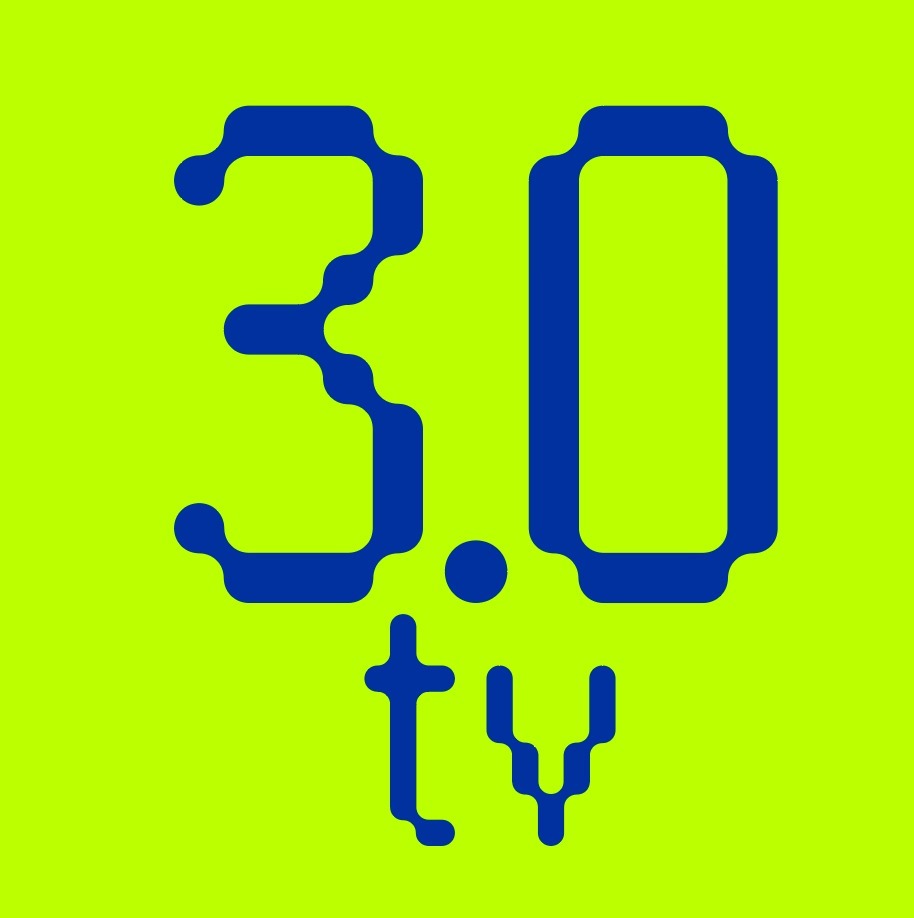You need to login in order to Like
Tokenomics and Token Features Explained
By Kapil Rajyaguru
One of the biggest issues with tokenomics is finding the right balance to preserve price stability. The way in which tokens are introduced to the market and when they do so are just as important as the total supply. A sudden release of all token allocations can cause a liquidity collapse, which would be bad for the token’s price movement.
Basics of Tokenomics
Tokenomics is essentially a summary of the rules, regulations, and dynamics that control the amount, kind, and circulation of tokens in a blockchain network.
·The token supply is the primary focus of the first pillar of tokenomics. This comprises the total quantity of tokens in use, the rate of token generation (if any), and any other factors that might affect the total supply.
·Tokenomics also includes the allocation of tokens across network users. Initial coin offerings (ICOs), token sales, airdrops, and mining payouts are a few examples of this. The decentralization and inclusiveness of the network are greatly impacted by the distribution techniques ecosystem.
·In a blockchain environment, tokens are frequently used for purposes other than only as a means of trade. They might stand for voting rights in the project’s governance, ownership rights, or access to particular features. These useful characteristics are defined by tokenomics, which enhances the token’s overall functioning.
·Mechanisms like token burn, which involves burning some tokens, and buyback, which involves repurchasing tokens from the market, are examples of tokenomics. These tactics have the power to affect token value by affecting scarcity.
Token Features Explained
Conversely, token features are the unique characteristics and features that are built into a token. These characteristics specify the token’s capabilities and how it functions inside the blockchain network.
·On smart contract systems like Ethereum, Binance Smart Chain, or Solana, a large number of tokens are active. One essential element that allows tokens to carry out automated and self-executing agreements without middlemen is the capacity to execute smart contracts.
·Certain tokens may be moved across blockchain networks with ease since they are made to be interoperable. The ability to work together and interact with others in the larger blockchain community makes interoperability a useful feature.
·Tokens that incorporate characteristics like zero-knowledge proofs or secret transactions give priority to user privacy. The purpose of these features is to improve users’ secrecy and anonymity when using the token.
·Scalability is an essential component, particularly for coins that want to handle a high volume of transactions. The token’s capacity to grow effectively guarantees that it can withstand a rise in network traffic without sacrificing efficiency or speed the emblem.
Bridging The Gap Between Tokenomics and Token Features
Although token features and tokenomics are two different ideas, they are fundamentally related. The properties that a token may have, are directly influenced by the economic concepts that tokenomics defines, and vice versa.
·The value of a token is largely determined by its tokenomics. Tokenomics defines the total supply, distribution channels, and utilitarian features that have an immediate effect on market perception and, in turn, token value. The perceived worth of a token can also be influenced by token features, such as special use cases or technological advancements.
·Tokenomics creates financial incentives to promote network engagement and contribution. These incentives are strengthened by token features like staking procedures and governance rights, which provide users concrete advantages for actively interacting with the token and its ecosystem.
·An elaborate Tokenomics model adds to a project’s long-term sustainability. The robustness of the token is increased if the economic concepts are sound and in line with the objectives of the enterprise. Robust token features also help the project remain competitive and flexible in the constantly changing cryptocurrency market.
Conclusion
The foundation of blockchain initiatives is supported by Tokenomics and Token Features, which are integral parts of the larger cryptocurrency landscape. Token Features provide a token’s powers and functions, whereas Tokenomics establishes the economic ideas that underpin it. Investors, developers, and fans navigating the complex crypto waters must grasp the delicate balance between these two principles.
In a world where things are changing quickly, successful blockchain initiatives combine Tokenomics and Token Features to create a synergy that drives them forward. The relationship between tokenomics and token features will surely influence decentralized finance, governance, and innovation in the future as the crypto space develops.
You need to login in order to Like

















